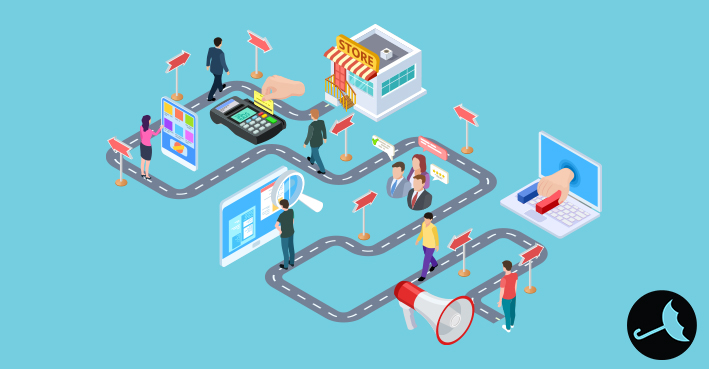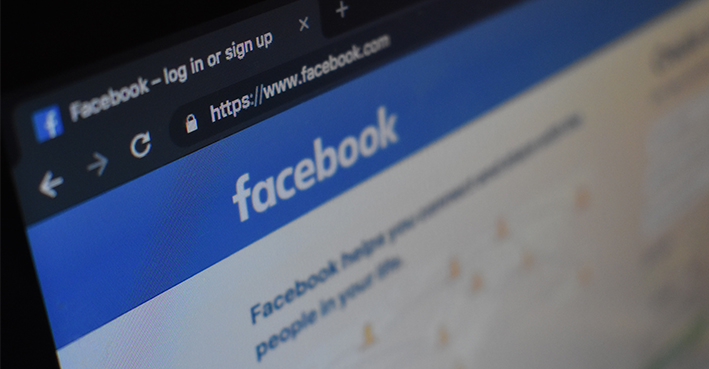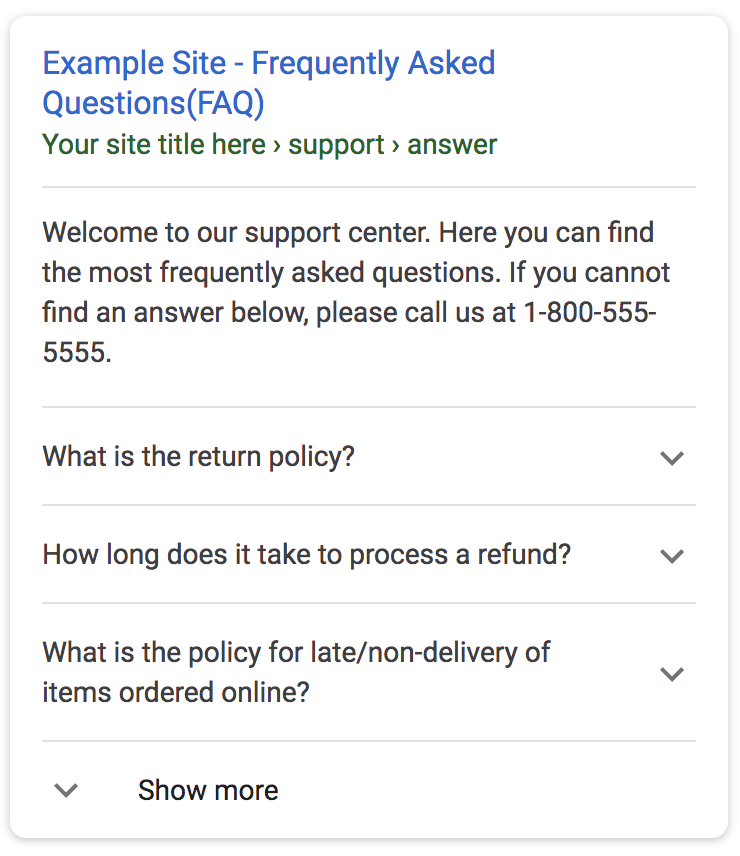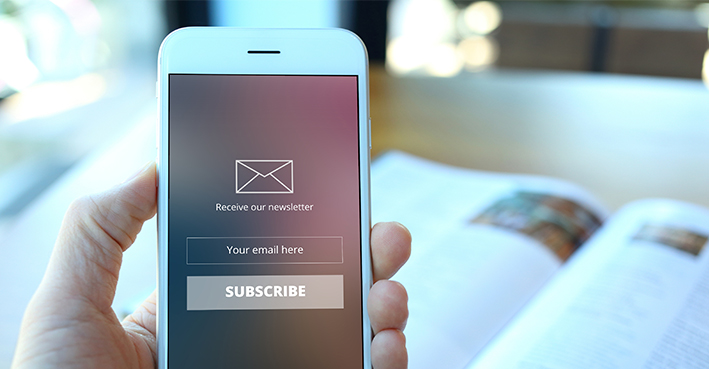Understanding the Buyer’s Journey (for Home and Local Services)

How do you get someone who knows nothing about you to first pay attention, and then, give you money?
Frankly, it’s difficult and there are a lot of steps involved. It’s kind of like dating. You need enough charm, confidence, and likeability to get a date in the first place. Then, if you don’t uphold the excitement, only talk about yourself, and fail to listen, you’ll be left out in the cold. Dating and attracting and retaining customers are alike in many ways. The key is to get the prospect excited about your promises and then continue to exceed those expectations until a strong and lasting relationship is formed.
While the buyer’s journey is similar for anyone trying to get a new customer, various stages will be emphasized differently based on what kind of industry you are in. This introduction to the buyer’s journey specifically deals with the local service industry, but the information should be helpful to anyone trying to obtain new customers.
Smart content marketers use the buyer’s journey to create relevant, helpful content for consumers at each stage of the journey, gently leading them down the path to conversion.
What Is the Buyer’s Journey?
The buyer’s journey is pretty self-explanatory. It’s the overall journey a person experiences as they go from being completely unaware of a company, service, or product to becoming a paying customer.
Often, the buyer’s journey is divided into three stages: awareness, consideration, and decision.
You can also divide the buyer journey or customer experience into these three stages:
- Pre-Purchase
- Purchase
- Post-Purchase
Marketers and business owners can use their understanding of the buyer’s journey to improve the customer experience, integrate multiple channels and media, and create helpful and relevant content for their audience.
3 Main Stages of the Buyer’s Journey
-
Pre-Purchase Stage
The pre-purchase stage, which encompasses the customer experience before money is exchanged, is all about the journey from the beginning of a customer’s need or desire to consideration of your company for satisfying that need or desire.
The pre-purchase stage can be divided into several different customer interactions with the brand:
Awareness
Before the journey can begin, the customer has to know you exist. But first, you need to know that the customer exists. If you haven’t created “buyer personas” or “customer avatars,” we recommend doing that first.
Having several buyer personas will help you a lot when targeting your marketing messages to different demographics. Keep in mind that each buyer persona has different needs, desires, goals, and objections, so different marketing messages that directly speak to your target audience may be needed.
There are many different ways a potential customer can become aware of your company:
- An advertisement pops up while scrolling through social media.
- A display ad appears while reading an online article.
- A Google search ad displays at the very top of the results page when you type in “emergency plumbing service near me.”
- An Instagram notification alerts you to a friend’s story raving about a recent home renovation project.
One big advantage of home service companies is that they are always driving around the community they serve. This makes it easy to get a lot of eyes on your logo and advertising. Simply add graphics to your vehicle fleet to boost brand recognition while driving around town.
Some digital marketing strategies for increasing awareness:
- Pay-Per-Click (Google Ads, Bing Ads, etc.)
- Display Ads
- Search Engine Optimization
- Content Marketing
- Social Media and Local Listing Marketing
- Direct Mail
Take advantage of Google’s customer data to optimize your ad placement. With a few clicks, you can reach your target market and optimize your cost-per-impression. Learn more about pay-per-click ads on Google Search, Google Display, and Facebook.
Engagement

Now that your prospect is aware of your existence, the next step is to get them to engage with you. It’s the step that turns a cold or indifferent prospect into a warm or open one. A social media post or email newsletter itself is not engagement. The customer or potential customer has to see it and respond to make it an engagement.
Think of engagement as a conversation. Someone can see you, but if they aren’t reacting, it’s not engagement. Engagement can look like a social media comment, online review, or sign-up form. Usually, people get engaged into a motivational state through some form of entertaining and/or informative content.
Engagement has becomes extremely important in the digital and social media revolution as customers have become empowered to both create and destroy value for a company. Whether you have a big web and social media presence or not, your customers will be talking about you online. You should be where your customers are so you can at least have the ability to engage back.
Customer value extends beyond the purchase and into other behaviors, such as referrals, repeat business, and reviews or feedback.
You may want to consider your customer’s engagement value in terms of these four components:
- Customer lifetime value (customer’s purchase behavior)
- Customer referral value (referral of new customers)
- Customer influencer value (influence over existing customers as well as prospects)
- Customer knowledge value (value added to the company by customer feedback)
Source: Kumar, et al. (2010)
Keep in mind that engagement is something that you want to strive for throughout the customer journey; however, engagement strategies will differ depending on where the buyer is on their journey.
Here are some ways you can engage your prospect throughout the customer journey:
- Social media polls, contests, and giveaways
- Social media groups, mentions, and conversations
- Customer surveys and reviews
- Email newsletters
- Webinars, polls, and quizzes
- Free demos, consultations, audits, and inspections
- Lead magnet, which provides a piece of content in exchange for contact info
One of the best engagements you can get is customer contact information, such as name, email, phone number, and address. This requires an extra level of trust that goes beyond a mere follow or subscription. A great way to get this information is by using a “lead magnet.”
A lead magnet:
- Offers free content, products, or services in exchange for contact info
- Promises one thing and then over delivers
- Speaks to customer question, desire, or pain point
- Should be easily consumed, aim for less than 5 minutes
- Should contain high value content with professional graphics
In exchange for the relevant, useful piece of content, you get the customer’s name and email along with permission to contact them in the future. Once you have a list of emails, you can begin communicating directly with your leads and segment them into different upsell and cross-sell drip campaigns based on where they are in the buyer’s journey.
Learn how to grow your email list with irresistible lead magnets.
Search
For modern shoppers, there is almost always a research phase before a decision is made, from picking a lunch spot to choosing the contractor for their home renovation.
At the very least, you will want a company website that provides all the essential information about your business, such as hours, services, certifications, and more. Showcase your major selling points, such as 24/7 service, awards, certifications, testimonials, and work samples. Try to get professional photos of your team and include short staff bios. Learn more tips for building trust and credibility into your website.
You also want to make sure you are listed on a bunch of local directories, such as Google Maps, MapQuest, Facebook, Yelp, HomeAdvisor, and the Better Business Bureau. The difficult part is making sure that all your information is accurate and consistent across the web. When you partner with VitalStorm, we make sure all of your business information across the web is completely accurate and up-to-date. No more worrying about websites serving up the wrong information about your business. Everything will be the same no matter where you go, helping instill trust and reliability with your prospects. Learn more about local citations and getting listed in top local directories.
You also want to make sure that you answer any questions posed to your business on these platforms. Google My Business and Facebook both allow users to submit questions in a Q&A section. It’s important to monitor your local listings to make sure you are responding in a timely matter.
In addition to a professional website and listings in local directories, you also want to make sure your prospects can easily find the answers to their questions and concerns. Many companies have dedicated social media managers to answer questions in real time as they come through various social media channels. You can also add live chat boxes to your website for instant feedback to any website visitors who have questions.
Another great option is a FAQ page. By using structured data, your FAQ page could display in the Google search results page as a rich result, looking something like this:

According to Google, “Properly marked up FAQ pages may be eligible to have a rich result on Search and Markup Action for the Google Assistant, which can help your site reach the right users.”
Subscribe
 Customer engagement is great, but it can be hard to keep the conversation going without the person’s contact information. The subscribe stage involves incentivizing a customer to enter their contact information and give permission to contact them in the future.
Customer engagement is great, but it can be hard to keep the conversation going without the person’s contact information. The subscribe stage involves incentivizing a customer to enter their contact information and give permission to contact them in the future.
How many times have you entered your name and email online in order to receive a piece of content? Learn how to create a subscription incentive through the use of irresistible lead magnets.
Most marketers think of the subscribe stage in terms of growing their email list. You can collect emails in a variety of ways, including coupons, forms, newsletters, and contests. Email remains a highly effective way to attract and retain customers. While a social media post might only show up for .5% of your audience, emails get sent to every single user. Whether they open the email or not, they do reach most of the people on your list.
But marketers need to get the timing and execution right. For a service company, aim for a good mix of useful information, success stories, updates, and deep information about your company to build a trustworthy relationship with the customer.
-
Purchase Stage
This stage covers all of the customer experiences with a company during the purchase process. For a local service company, this entails the service itself since you typically don’t receive full payment until after the service has been completed.
You can attract clients with a bait-sized service, such as a $59 AC Tune-Up and Cleaning, and then after providing exceptional service, schedule them for another service or sign them up for a home maintenance plan.
Starting with high-value, low-cost bait is a great way for home service companies to get customers into the sales funnel.
Convert

The customer has been gently led to the moment of truth. This is where the sale happens. Selling a service is difficult online, which is why it’s a good idea to try to change the selling environment to a phone call. On the phone, the customer can get all their questions answered while you continue to build value. Learn tips for increasing your booking percentage.
With call tracking numbers, you can easily see exactly how many calls were generated by a specific ad campaign. At VitalStorm, we track and monitor all calls to deliver an accurate cost-per-lead. You can also activate the Stop-Loss feature in our Metrics reporting so you receive notifications and details if a call center lead fails to convert. Learn how call tracking dramatically improves your business and digital marketing cost-per-lead.
-
Post-Purchase Stage
 This last stage basically describes all customer interactions after the initial purchase, theoretically up until the end of the customer’s life. This includes reviews, requests for refunds, touch points, and potential repurchase. After the post-purchase phase, the customer can enter the pre-purchase phase again when reevaluating options.
This last stage basically describes all customer interactions after the initial purchase, theoretically up until the end of the customer’s life. This includes reviews, requests for refunds, touch points, and potential repurchase. After the post-purchase phase, the customer can enter the pre-purchase phase again when reevaluating options.
What to know about omni-channel marketing
Don’t confuse marketing with sales. Too many times, business owners are only focused on short-term ROI and quick sales, but this shouldn’t be confused with brand-building and marketing. Marketing is a marathon. Your business is standing on many different pillars and they should all work to lift you up, but when you remove one of those pillars, such as social media or email marketing, you are becoming less stable and more vulnerable. Don’t put all your eggs in one basket and focus on omni-channel marketing instead.
Web traffic and traffic sources
The great thing about online advertising is that you have control over the traffic. When you use things like email ads, pay-per-click ads, display ads, affiliates, and joint ventures, you can choose to send your traffic anywhere you want. Ideally, you send your potential customers to a dedicated landing page that gets visitors to complete the action you want — call, contact info, etc. Learn more about the importance of landing pages.
It might be a good idea to see what your biggest competitor is doing, such as where they are receiving most of their online traffic. There are several online tools, such as SEMRush and SimilarWeb, that allow you to see information about your competitors’ website traffic.
It’s a Journey, Not a Destination
Now that you understand the buyer’s journey for local services a little better, you can start thinking about how you can provide value and support at every stage. We’re here to help.
Contact VitalStorm for your FREE digital marketing consultation. We specialize in local service marketing, including PPC, display ads, web design, social media, and content marketing.
1-877-311-5695
Follow us on Facebook, Instagram, and Twitter for all the latest digital marketing news, tips and tricks.

